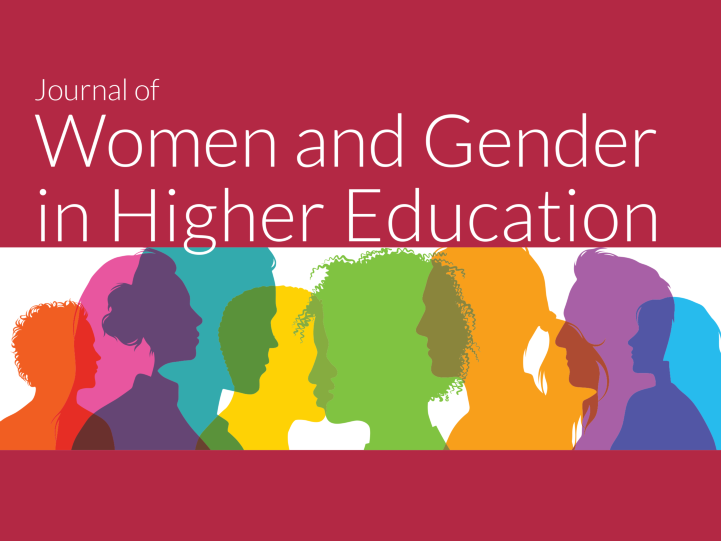
JWG Now Accepting Media Reviews!
Gender and Sexuality Womxn in Student Affairs
July 14, 2023
Scholarship can exist in various media. Understanding this and that there are instances in which issues of women and gender in higher education are presented in digital media, film, television, podcasts, music, and other creative arts, the journal invites the scholarly review of media to demonstrate the contributions of knowledge production in forms of public scholarship, discourse, and representation.
Media reviews undergo editorial but not peer review. Each media review will be evaluated based on its importance, logical development, contribution to scholarly conversations regarding women and gender in higher education, and cohesion.
The manuscript should be no more than 4 pages, inclusive of tables, figure captions, footnotes and should contain an abstract of less than 150 words Abstracts should describe the review's approach and intent, along with a brief statement describing the contribution of the media to existing women, gender, and higher education scholarship.
The review should be double-spaced, in Times New Roman 12-point font, with 1- inch margins on all sides.
Must Include
- A title page including the title and a brief description or overview of the selected media.
- Briefly describe the rationale for the chosen selection.
- Situate the author and the selected media within larger scholarly frames of reference.
- Provide a statement of intent that succinctly describes the scope of the topic to be covered, that describes its importance and/or uniqueness to the literature about women and gender studies.
- Explain the primary argument/perspective/main idea/approach
- Include the evidence the author uses to shape their primary argument/perspective/main idea/approach.
- State the relationship between the larger issue or idea with which the media selection focuses on.
- Provide a critique of the primary argument/perspective/main idea/approach.
- Evaluate the strengths and weakness of the chosen selection
- Provide your opinion and share what you found to be engaging, compelling, or innovative about the argument or idea.
- Acknowledge any valuable and or unique contributions to the existing scope of women and gender in higher education literature.
- Conclusion: Sum up or restate your thesis or share your final thoughts regarding the selected media. We welcome new ideas that go beyond the main idea in the media selection if they coincide or extend the logic of your own thesis, perspective, or rationale.
For additional information or questions, please reach out to Media Review Editor Felecia Commodore at fcommodo@odu.edu.